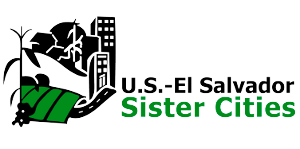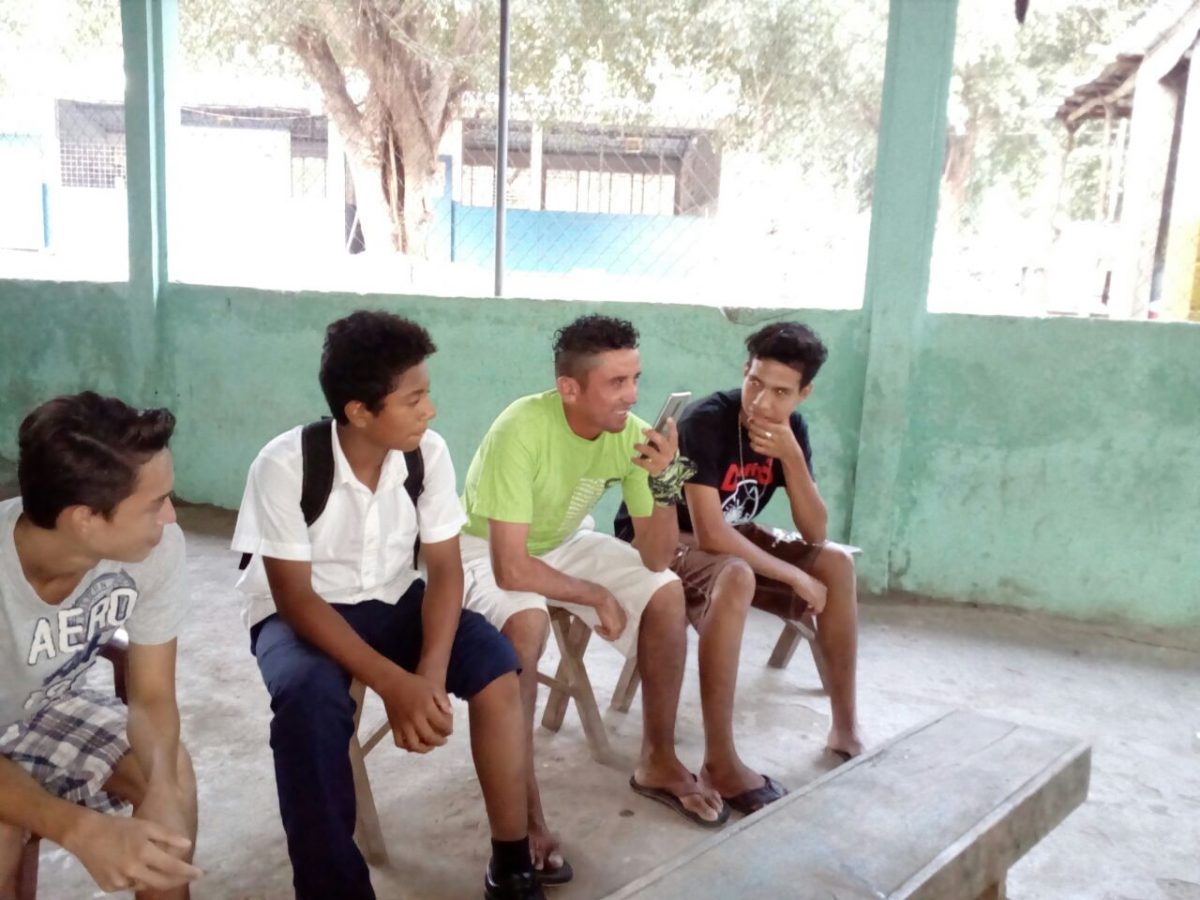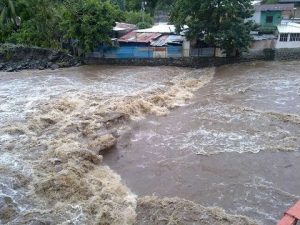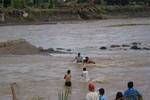Community Development Projects, CRIPDES Regional Support, Sister Cities
The beginnings of El Charcon
(EN ESPAÑOL AQUI)
On June 2016, Paulina Dominguez, community leader, shared the history of how the community of El Charcon started, its relationship with CRIPDES and their link with their sistered committee in Binghamton. Some parts have been edited for clarity.
The family started with families that were fleeing from the war that took place during the eighties in the municipalities of Ilobasco (department of Cabañas) and Chalatenango. Entire families fled and left their belongings. They came to the mayor’s office in the La Libertad port. The then major Julio Borja would welcome them and give them a place to stay the night, then he would take them to a green area. Just like that, some families came to this green area and the community known as El Charcon was born. Nowadays we have 565 inhabitants: girls, boys, women, men, elderly people and youth.
The first families that came fleeing were Encarnación, Juana Sabrian, don Ferman and niña Julia, Don Feliz, Serafin, Balbina and her family, Rufino, Maura, Paula Alfaro, Paula Arias, Don Chepe and Antonio Guardado. They built their shacks with plastic, cardboard and corrugated sheets. We kept growing. There was no development. It was muddy, there was no church, no community house, no playground, no proper houses, no roads or land where houses could be built.
Non-governmental institutions started coming, such as CRIPDES, CORDES, ADEMUSA and LAS DIGNAS. Then, Gertrudis Mejía, known as Tula, and Marillita, known as Smurf, would hold meetings with the community. That is how the first community board, ACE, was born. They were trained to learn what organization was about and how we could organize the community so that our children could live in a different setting, so that they would not suffer the same they were struggling with. The first board members were Daniel Torres, don Tuno, don Chepe, don Feliz, Don Chicolindo, niña Francisca, Encarnación Guardado and other folks.
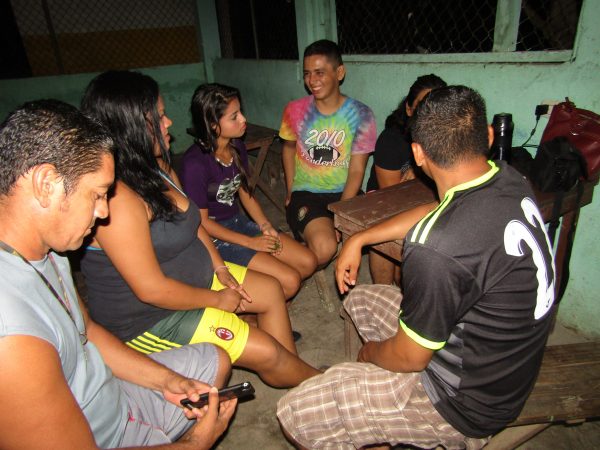
Since there were no alternatives for our children to learn how to read and write, people collected cans. That’s where girls and boys learned to read and write. Cans were the tables and the soil was the chair. Encarnación knew a school for the children was needed, so she and other members of the community reached to the Ministry of Education. The ministry heard their request and Japanese cooperation built the school. Two rooms were not enough. Encarnación asked support from the church and another classroom was built and it still was not enough. They approached CORDES and CORDES reached to other non-governmental institutions that agreed to build the rooms for our kindergarten. That is how the school was built.
Four years before that, we had no running water. People were taking water directly from the Comasagua River. Tula, who was training us, brought a foreigner to visit the community. It was Adam Flint. He got to know the community and then returned to his country and spoke about it and its circumstances. He returned to the community with more foreigners that got to know it. They returned to their country and they created the sister committee, then they started fundraising and they would send the money to the national office of CRIPDES, who would later bring it to the community. That is how we built our well for potable water. The water was distributed through faucets. Two more achievements for the community.
The community as a whole and the board realized that the community was still growing and there were no proper houses or land to build. So, with the support of CRIPDES, they approached other institutions. FUSAI bought the land. FONAVIPO built the houses and we got 65 houses made out of brick and a proper roof.
We realized children needed a uniform to attend classes. A year before, the sister committee had donated sewing machines and fabric so women could learn to tailor and earn an income. Then, they donated fabric so these women could make such uniforms. Two years after that, they donated sports uniforms. Children were doing sports and they had no uniforms. They saw that the community did not have a church and would hold their religious activities under trees, by the river. The committee also built our catholic church.

After that, the community and the board noticed that the running water was no longer enough for the community. We wanted to make our well bigger and build another tank. We also needed another electrical transformer and we wanted to have a proper road. We presented those three projects to the mayor’s office, then run by the FMLN. All three of them were approved. Our well got bigger but we did not have a water tank to store our potable water. We approached CORDES. “Engineers without borders” donated that tank. But the community kept growing. Neither the tank nor the well were enough.
We had no latrines and people would go to the woods. Since we had this urgent need of latrines and potable water, we approached ACUA, who was then bringing water projects to the communities. But they had a lot of requirements. First, we had to be organized, all the committees had to be working alongside the community board. Water committees, Risk management committee, environmental committee, all of us had to attend up to three meetings a week. Every week they would meet with communities interested in a water project to see their development. That project was such a big investment. So, the community that had the best organization would be rewarded with it.
After two years of negotiation, because we really wanted that water project, we got it. We also got our latrines, bio-filters and, what we wanted the most, potable water for every family with their own faucet. Then, we had the bridge project, always with the support of Sister Cities Binghamton – El charcon, St. Francis of Assisi church at Hill Crest (New York) and the rotary club at the 7170 district in New York, U.S.A.
